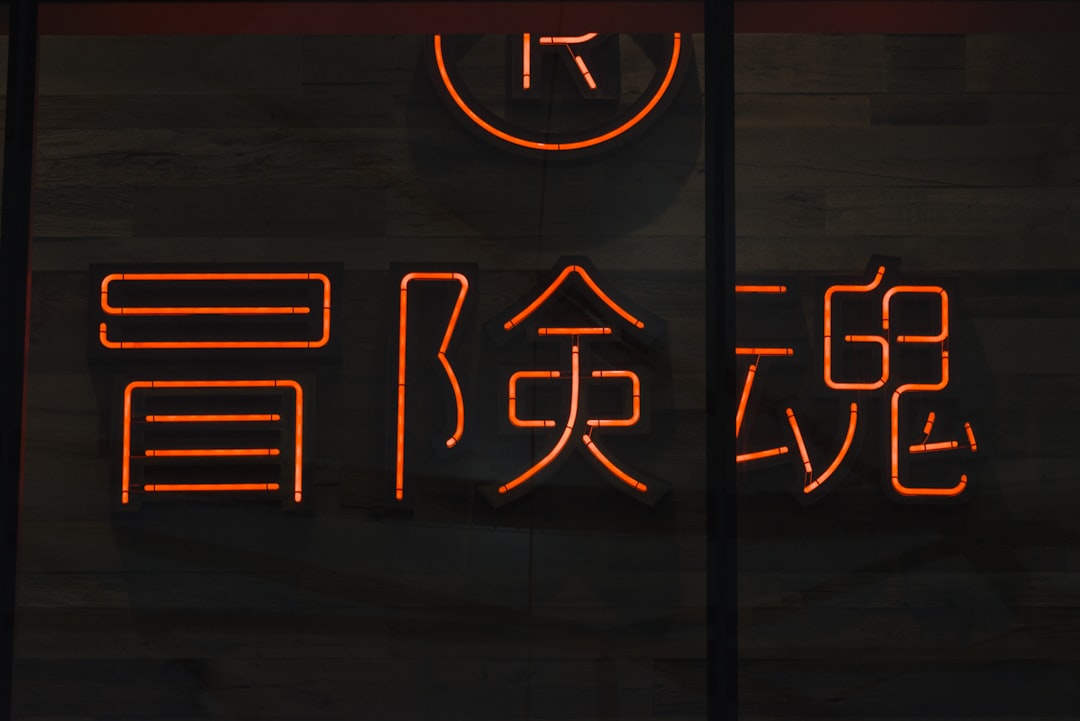Have you ever used Google Translate and thought, “Hey, that was spot on!” or maybe “What on earth does that even mean?” That’s where translation accuracy comes into play. But how do AI experts figure out if an AI translator is good or just guessing? Let’s dive into the world of AI translation and find out how these systems are judged. Don’t worry—it’s going to be fun!
Think of AI translators like students. They’re constantly learning languages. But someone has to grade their homework, right? That’s what performance metrics do—they check how well the AI is translating from one language to another.
Here are the top metrics used to measure this magic:
1. BLEU (Bilingual Evaluation Understudy)
BLEU is the superstar of translation scoring. It’s been around since 2002.
- It compares the AI’s translation to a set of high-quality human translations.
- It looks for matches in phrases, not just words.
- It gives a score between 0 and 1. The higher, the better!
So, if the AI says, “The cat sat on the mat,” and a human also said that, BLEU goes, “Nice job!”

2. METEOR (Metric for Evaluation of Translation with Explicit ORdering)
METEOR is like a grammar nerd—it goes deeper than BLEU.
- It matches words that are synonyms or have similar roots.
- It’s way more forgiving if the words are just in a slightly different order.
- It considers meaning, not just exact words.
That makes it great for gauging how “natural” and human-like the translation sounds.
3. TER (Translation Edit Rate)
This one is all about how much editing needs to be done to fix the translation.
- If TER is low, the translation is almost perfect.
- If TER is high, someone’s got a lot of fixing to do!
- It counts insertions, deletions, and substitutions needed.
TER is like your school teacher marking errors with a red pen. Ouch!
4. chrF (Character F-Score)
This funky-sounding metric focuses on characters instead of words.
- It’s super helpful for languages with long or tricky words—like German or Finnish.
- It checks small parts of words, so it sees “hallo” and “hello” and kind of goes, “Close enough!”
- It uses an F-score, which balances precision and recall.
Cool, right?

5. COMET and BERTScore
These are the new kids on the block. And they’re smart—really smart.
- They use deep learning and fancy models to understand meaning.
- They’re trained on tons of data. Like, way more than a human could read in a lifetime.
- They’re great at *semantic matching*—fancy talk for “Does this actually mean the same thing?”
These new metrics are making translation feel more human.
Wait, but what about humans?
Great question. AI translators aren’t judged by metrics alone. Human reviewers are still a key part of the process.
- They check if translations make sense.
- They spot cultural or context issues.
- They ensure proper tone and style.
So, in the end, machines and humans team up to make translations better for you and me.
So Why Do AI Metrics Matter?
If AI translation is a cooking contest, these metrics are the food critics. Without them, we wouldn’t know which AI system is serving up gourmet translations and which one is, well, burning the alphabet soup.
And for you? It means smoother travel plans, better subtitles, and fewer giggles at awkward menu translations.
Next time you hit “translate,” give a little nod to BLEU, METEOR, TER, and the rest of the gang behind the scenes.